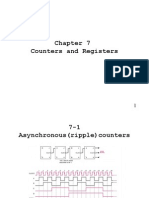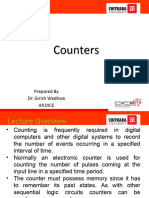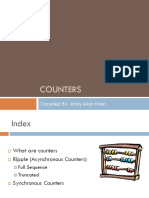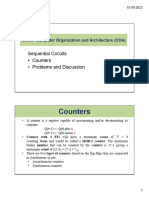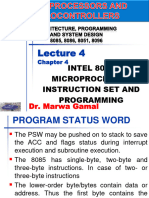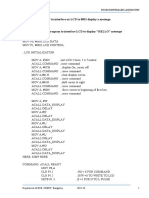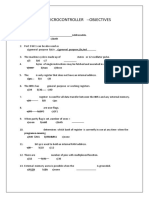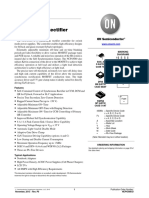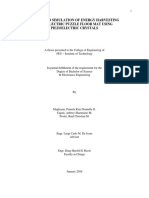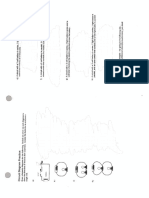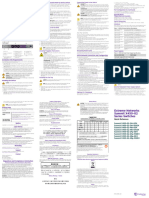0% found this document useful (0 votes)
47 views27 pagesLecture 2
The document discusses different types of counters including asynchronous ripple counters, synchronous parallel counters, and presettable counters. It describes the operation and advantages of each type as well as examples of MOD counters.
Uploaded by
زياد عبدالله عبدالحميدCopyright
© © All Rights Reserved
We take content rights seriously. If you suspect this is your content, claim it here.
Available Formats
Download as PDF, TXT or read online on Scribd
0% found this document useful (0 votes)
47 views27 pagesLecture 2
The document discusses different types of counters including asynchronous ripple counters, synchronous parallel counters, and presettable counters. It describes the operation and advantages of each type as well as examples of MOD counters.
Uploaded by
زياد عبدالله عبدالحميدCopyright
© © All Rights Reserved
We take content rights seriously. If you suspect this is your content, claim it here.
Available Formats
Download as PDF, TXT or read online on Scribd
/ 27





